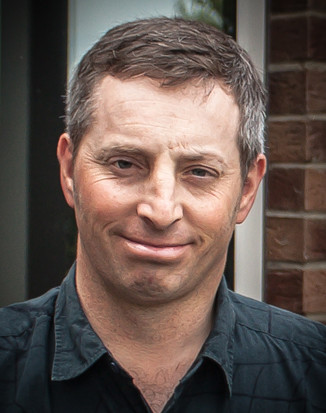As mentioned in my previous post, my surname is supposed to be atleast a descendant from Mainland Europe. It's not.
So, to break it down, why it's not, I'm going to list the names of the families that show a very close association to my surname.
These names link to ancient times, but going by historical notes, it is expected to be of a later period, after 1169 AD.
However, the Y-DNA may link back further, due to the local Irish Male DNA that is supposed to be there (it is why I connect to the "early Irish" - something that is very close to the Ui' Fidgenti or related groups)
The Y-DNA also supports the theory, that there is Scottish/Norse DNA in our veins.
Being a 1st "cousin" offshoot of sorts to the Ui' Fidgenti dynasty (Collins/O'Donovan's), there is information to suggest the O'Donovan's had something to do with Ivar of Limerick and more or less were naming their children in honour of Ivar. However, this is suggestive, not proven from my account.
What we do know is, that Limerick City, was a "den" of Norse activity around the 900-1100 AD period. So we have known people in the same area at the same time period, but connecting them to historical notes and using the DNA to confirm or deny the notes, is the hard part.
The connecting names are listed using the 67 Marker of my Y-DNA - listed as per "Genetic Distance". I've used the 67 Marker as a base of knowledge. Due to the amount of names and the DNA tree they descend off (CTS4466), we can work our theories from there.
Most or if not all of them, form part of the CTS4466 - South Irish DNA. Spread out all over the tree, these names seem to connect to myself and or my Father. But how or even why, is the question.
(top is more related - bottom is lesser related)
- 4 GD - Fitzgibbon
- 5 GD - Caldwell (or variants), Davies
- 6 GD - Huey (or variants), Fitzgibbon, O'Leary, Brothers, Lee, Nichols, Mahoney, O'Hearn, Daley (or variants), MacDonald
- 7GD - O'Sullivan, Taylor, Collins, Kane, Jones, Roberts, Colwell, Barnett, Morris, Lynch, Ferguson, Gleason (or variants), Hayes, O'Brien, McCullogh, Donohue (or variants), McCarty (or variants), Lawrence, Loomis, Mahoney
The most interesting and most dominant story to my quest, are the O'Sullivan (who were also connected to the McCarthy's) and the Collins/O'Donovan names.
- O'Sullivan's/McCarthy's were of Cork and or Tipperary in ancient times, until the factional war broke out with the Normans and they were pushed back into Far West Cork area. In a form and in later times, the Fitzgerald's were also overrun by these 2 families. What was left of the Fitzgerald families, became intergrated with the O'Sullivan/MacCarthy's domination.
- The Collins / O'Donovan's (Common Core to the Ui' Fidgenti) were based in around Limerick (lets use Croom Castle as an example) and they were pushed back into Far West Cork (Skibbereen district) as well, during the Norman escapades. Croom Castle was later a family seat of the Fitzgerald's (Earls of Kildare)
What we do know, the Barons of Offaly / Kildare Fitzgerald line, challenged and pushed out, the Collins/O'Donovan's from Croom Castle and the Earls of Desmond played war with the O'Sullivan's / MacCarthy's.
The surprising one thing that I don't see there, is the O'Shea/Shea names. This family had their ancient lands - North and South of Limerick City, sometime around the time of the invasion of the Norse/Normans.
We do connect up to some Autosomal DNA matches of the Shea's, but it still not conclusive how.
1 match Shea match to my Father, has them based near Pallaskenry, Co Limerick. This is well within our ideals of where we were based with other families during ancient times, but they are much more distant in the Y-DNA than just a cousin (autosomal) match - a handful of Shea's sit in the Y-DNA, but are not close enough to fit within our South Irish DNA.
I am trying to see if the Shea family mingled with an ancient O'Hearn family, due to their lands almost intersecting around Six Mile Bridge, Co. Clare - the supposive family seat of the O'Hearn family. The O'Hearn connection to me, should be of Brian Boru DNA- L226, but does not share L226, instead it is classified as CTS4466. How odd.
So the results of our Fitzgerald Y-DNA, connects with these families but how come, I don't have a Fitzgerald Y-DNA surname there? It has been suggested that a Female Fitzgerald is the key.
This is my quest, to find the dominant Male lineage that there is. And to see if the postulated theory holds to the "Female Fitzgerald" and if ever possible, technology could show the dominant male line we have.
Unfortunately, history hasn't been kind to Females born to the Fitzgerald's and almost some lines that have a Female were not acknowledged by historical accounts.
This is the dilemma.



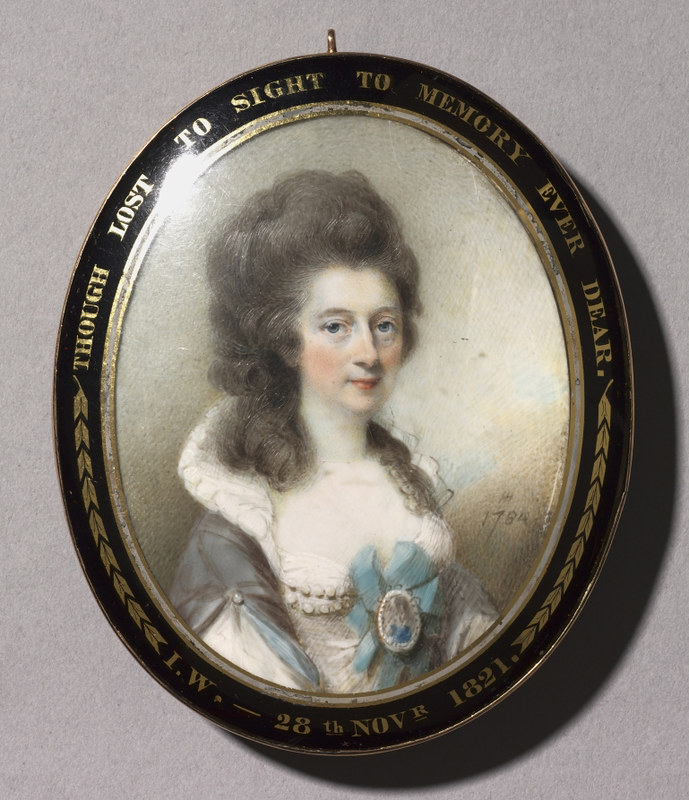

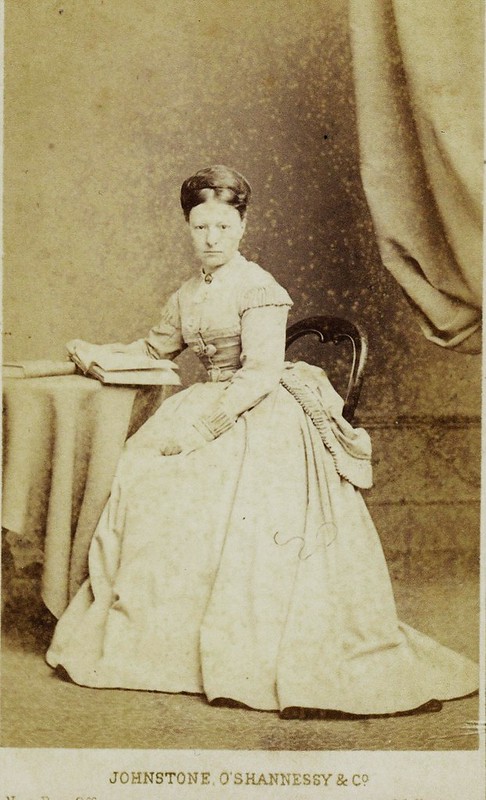

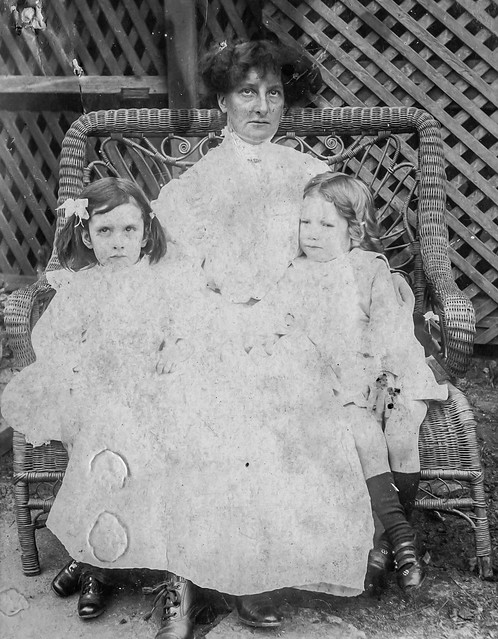
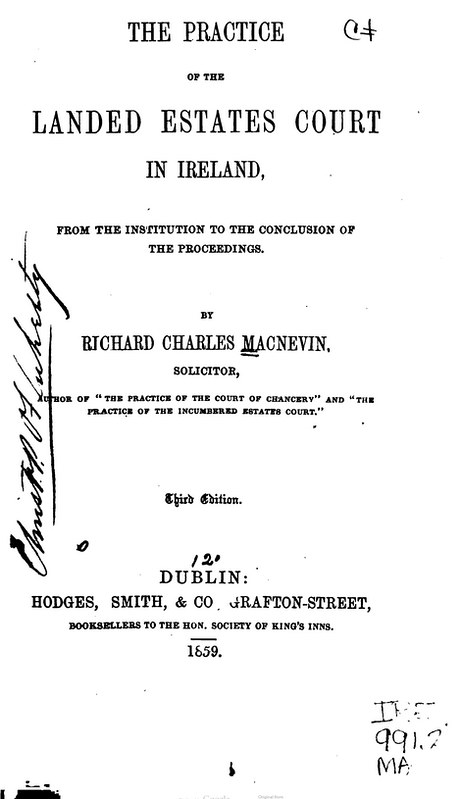

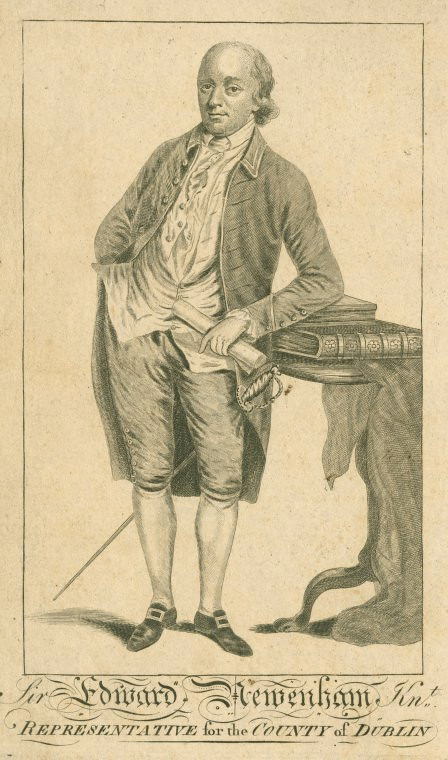
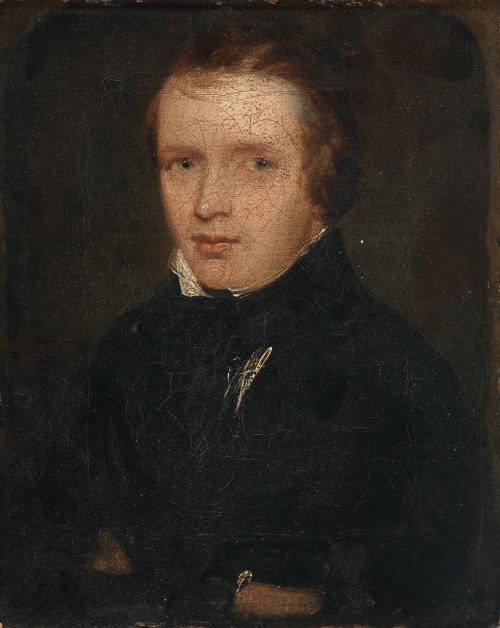
























.jpg)
















